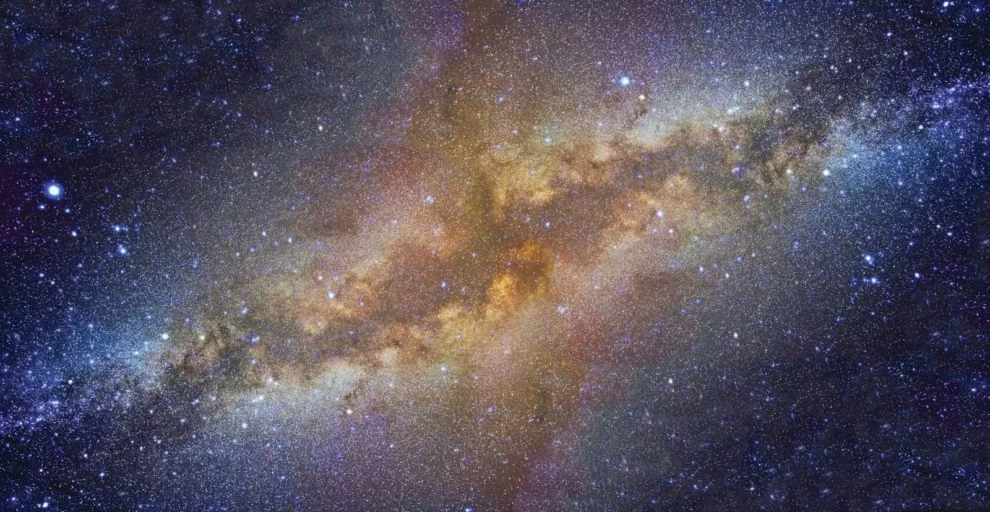In a groundbreaking study that feels more like unraveling the plot of a cosmic mystery, astronomers have cast light on the ancient core of the Milky Way, revealing stars that form the “poor old heart” of our galaxy. These findings, emerging from a blend of galactic archaeology and advanced data analysis, provide a fascinating glimpse into the earliest chapters of the Milky Way’s story, dating back over 12 billion years.
Key Discoveries at a Glance
- Galactic Archaeology Reveals Ancient Stars: A detailed analysis of 250,000 sub-giants and subsequent identification of red giants in the Milky Way’s core have led to the discovery of the galaxy’s oldest stars.
- The Role of Gaia and Machine Learning: Utilizing data from the ESA’s Gaia satellite and machine learning techniques, researchers have mapped 2 million bright giants, pinpointing stars with low metallicity indicative of ancient origins.
- Insights from Metallicities and Stellar Chemistry: The chemical compositions of these ancient stars, particularly their metallicity and alpha enhancement, corroborate their formation from the earliest star-generating events in the galaxy.
- A Quest for the Milky Way’s Progenitor Galaxies: The ongoing analysis aims to distinguish stars belonging to the Milky Way’s initial core from those of merging dwarf galaxies, enhancing our understanding of the galaxy’s formation.
The Journey to the Past
The venture into the Milky Way’s past began with an extensive analysis of sub-giant stars, which shed light on the galaxy’s “teenage years” and its evolution over billions of years. This initial study laid the groundwork for the subsequent quest to find even older stars, leading astronomers to focus on red giants. These stars, observable in the distant core regions of the galaxy, serve as beacons to the ancient past due to their brightness and distinct spectral features.
The Technological Edge: Gaia and Machine Learning
The Gaia satellite’s Data Release 3 offered a treasure trove of data, presenting spectra for over 220 million astronomical objects. However, the challenge of extracting precise metallicity values from this vast dataset was met with an innovative approach: machine learning. By training a neural network with known Gaia spectra and those from the APOGEE survey, researchers achieved reliable metallicities for 2 million bright giants. This methodological breakthrough enabled the mapping of the galaxy’s ancient core with unparalleled accuracy.
The Ancient Heart of the Milky Way
The analysis revealed a concentration of stars around the galactic center with low metallicity, suggesting their formation in the galaxy’s earliest days. These findings are further supported by the chemical signatures of the stars, including alpha enhancement, which aligns with the expected outcomes of the first supernova explosions. This constellation of evidence points to a fascinating conclusion: these ancient stars are the remnants of the Milky Way’s formative mergers and the building blocks of its initial core.
Towards a Greater Understanding
The discovery of the Milky Way’s “poor old heart” opens new avenues for research, including the detailed chemical analysis of these ancient stars. Such studies could eventually distinguish between stars from the original Milky Way and those from merged dwarf galaxies, offering deeper insights into the galaxy’s formation and evolution. As astronomers look forward, initiatives like the SDSS-V and 4MOST surveys promise to unravel the complex tapestry of our galaxy’s origins, marking a significant stride in our quest to understand the universe’s grand design.
This exploration into the Milky Way’s distant past not only enriches our knowledge of the galaxy but also embodies the human spirit’s unyielding curiosity and our ever-expanding frontier of understanding. Through the lens of advanced technology and innovative research methods, we continue to piece together the cosmic puzzle of our origins, one star at a time.




